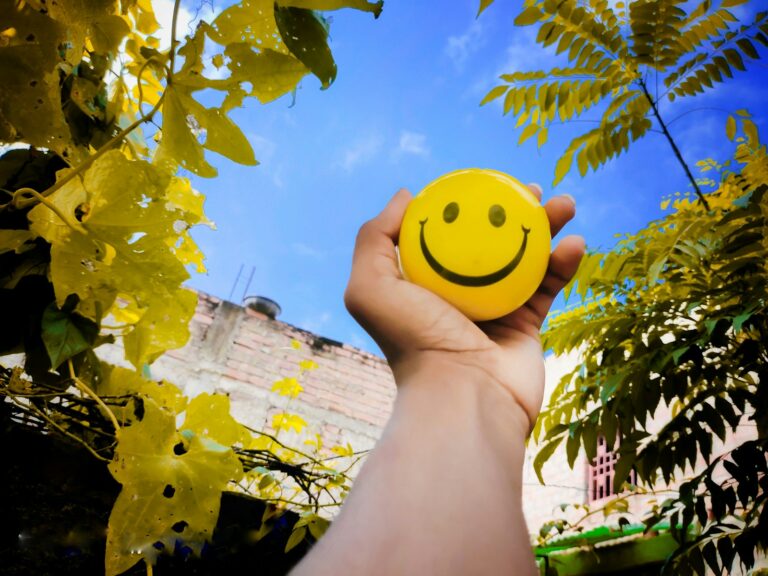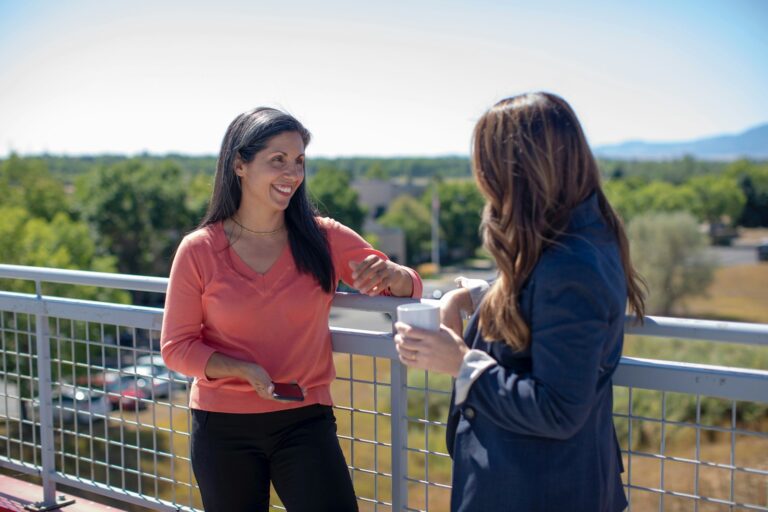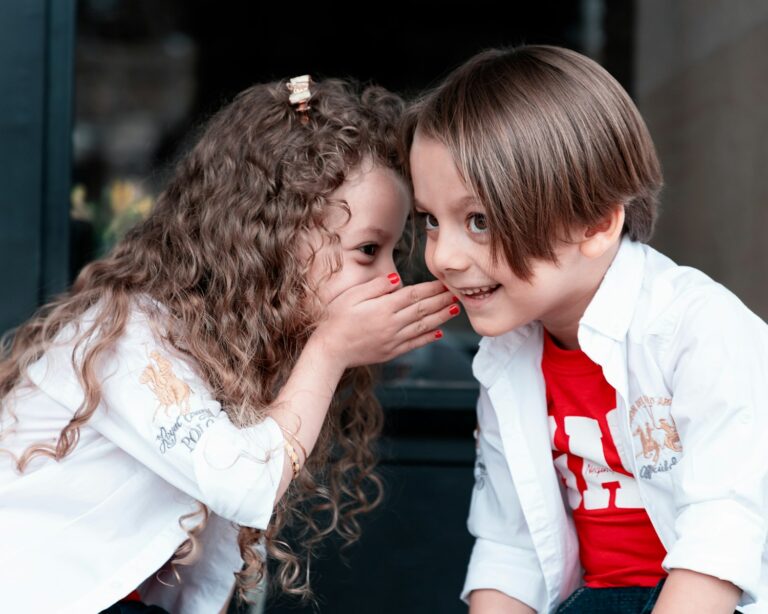How to Say ‘Bye, Have a Good Day’ in Spanish
Picture this: you’re wrapping up a delightful conversation with a new friend in a cozy Spanish café, and you want to leave them with a warm farewell. But suddenly, your mind goes blank. How do you say “Bye, have a good day” in Spanish? It’s a small phrase, but it can make a big difference in showing you care about their day.
Don’t worry, you’re not alone. Many of us have been in that exact situation, feeling a bit tongue-tied and wishing we had the perfect words at our fingertips. Learning to say “Adiós, que tengas un buen día” not only helps you connect better but also shows respect for their language and culture.
The Basics of Saying “Bye Have a Good Day” in Spanish
Imagine you’ve just wrapped up a wonderful coffee chat with a new friend in Spain. You’d want to leave a good impression, right? Knowing how to wish them a good day in Spanish can make all the difference.
“Adiós que tengas un buen día” – The Standard Translation
The standard phrase to bid farewell while wishing someone a good day in Spanish is “Adiós que tengas un buen día.” It’s much more than a simple goodbye.
Breaking Down the Phrase: “Adiós” and “que tengas un buen día”
Let’s break this phrase down:
You can think of “Adiós” as setting the stage for the more heartfelt “que tengas un buen día.” It’s like adding a touch of warmth to your farewell.
When to Use This Formal Version
Use “Adiós que tengas un buen día” in formal settings. Maybe you’re addressing someone older, a new acquaintance, or an authority figure. This phrase uses “tengas,” the formal version of the verb “tener” (to have), making it polite and respectful.
Transition from formal to informal might seem tricky, but consider your relationship with the person. When in doubt, formal phrases like this are always safe and respectful.
Informal Alternatives for “Bye Have a Good Day” in Spanish
For your friends or close colleagues, formal phrases might feel too stiff. Here’re some informal alternatives.
“Que pases un buen día” – A Friendly Option
“Que pases un buen día” is like saying “have a great day.” It’s friendly yet casual, perfect for friends or people close to you. It’s a bit more relaxed than the formal version yet carries the same good wishes.
“Que te vaya bien” – Wishing Someone Well
Another informal choice is “Que te vaya bien” which means “hope it goes well for you.” Use this when you want to wish someone luck along with your goodbye. It’s less about the day and more about whatever they’re heading into, whether it’s work, school, or an event.
Each of these phrases not only helps you connect better but also shows your respect for the Spanish language and culture. So next time, think about your relationship with the person and choose the phrase that fits best.
Regional Variations of “Bye Have a Good Day” Across Spanish-Speaking Countries
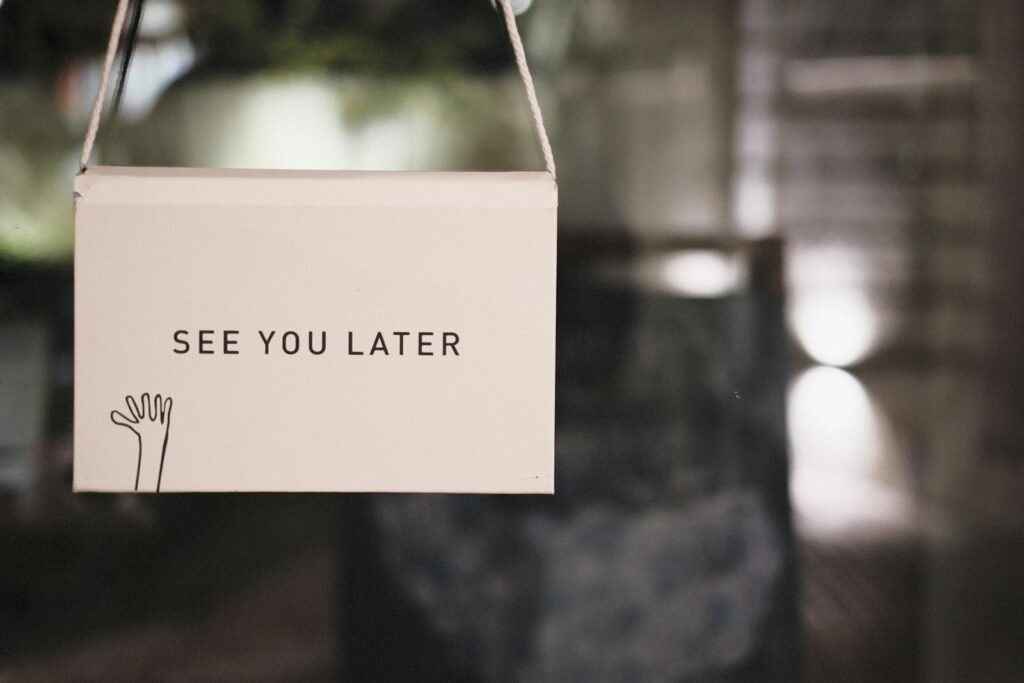
When saying goodbye in Spanish-speaking countries, you’ll encounter delightful variations. The way you say “bye, have a good day” differs from Spain to Latin America, reflecting each region’s unique flair.
Spain’s Unique Farewell Expressions
In Spain, you have distinct ways to wish someone well:
Latin American Variations
Latin America presents a rich array of farewell phrases:
Mexican Goodbye Phrases
Mexicans often add a playful twist to their goodbyes:
South American Alternatives
South America offers its own set of colorful expressions:
How Dialects Influence “Bye Have a Good Day” in Spanish
Dialects enrich the way you say farewells. Ever wondered why? Dialects, shaped by regions, histories, and cultures, give each phrase a personal touch. You might hear slight variations or entirely different expressions. This diversity makes learning Spanish vibrant and exciting.
Region | Common Phrase | Meaning |
|---|---|---|
Spain | Que tengas un buen día | May you have a good day |
Spain | Feliz día | Happy day |
Latin America | Que te vaya bien | Hope things go well |
Latin America | Que tengas un buen día | May you have a good day |
Mexico | Órale, pues | Alright then / Let’s do it |
Mexico | Ya me voy, nos vidrios | There we glasses (see you later) |
South America | Que pases un buen día | Have a good day |
South America | Cuídese mucho | Take care |
So, next time you’re in a Spanish-speaking country, impress locals with an appropriate farewell and feel the warmth of their cultural expressions.
Contextual Usage: When and How to Say “Bye Have a Good Day” in Spanish

Understanding how to say “bye have a good day” in Spanish can open doors to deeper connections with Spanish-speaking individuals. Whether engaging in formal dialogues or casual chats, knowing the right phrases enhances your interactions.
Formal Situations for “Bye Have a Good Day” in Spanish
Use these phrases to convey respect and warmth in professional or formal settings.
Professional Settings
When working or engaging with colleagues, clients, or higher-ups, showing respect retains professionalism. Opt for the phrase “Que tenga un buen día”. This formal expression indicates politeness and is perfect for email sign-offs or face-to-face meetings.
Example:
Speaking with your supervisor: "Gracias por su tiempo, que tenga un buen día."
Interacting with Strangers or Elders
Encountering strangers or elders necessitates a touch of courtesy. Employ “Que tenga un buen día” to stay respectful, especially when addressing someone older or in an unfamiliar formal context.
Example:
Talking to an elder on the street: "Buen día, señora, que tenga un buen día."
Casual Contexts for Spanish Goodbyes
Use these more relaxed phrases among friends, family, or in everyday scenarios.
Among Friends and Family
In informal settings like hangouts or family gatherings, the phrase “Chao, que tengas un buen día” feels right. This blend of a casual goodbye with a good day wish is warm and friendly.
Example:
Saying goodbye to a friend: "Nos vemos, chao, que tengas un buen día."
In Everyday Encounters
Daily interactions often call for a simpler, breezier tone. Phrases like “Hasta luego, que tengas un buen día” or “Que lo pases bien” work wonders. These expressions make routine farewells lighthearted and sincere.
Example:
Parting ways with a neighbor: "Nos vemos después, hasta luego, que tengas un buen día."
Context | Formal Phrase | Casual Phrase |
|---|---|---|
Professional Settings | Que tenga un buen día | – |
Strangers or Elders | Que tenga un buen día | – |
Friends and Family | – | Chao, que tengas un buen día |
Everyday Encounters | – | Hasta luego, que tengas un buen día |
Mastering these phrases ensures you’re always prepared for respectful and warm goodbyes, regardless of the setting. Which one will you use next in your Spanish conversations?
Mastering the Pronunciation of “Bye Have a Good Day” in Spanish
Phonetic Breakdown of “Adiós que tengas un buen día”
You probably know the basics of Spanish, but getting the pronunciation right can transform your conversations. Let’s break it down:
Spanish Word | Phonetic Pronunciation | Meaning |
|---|---|---|
Adiós | /ah-dee-yos/ | Goodbye |
que | /keh/ | That |
tengas | /tehng-gahs/ | You have |
un | /oon/ | A |
buen | /bwehn/ | Good |
día | /dee-ah/ | Day |
Imagine saying adiós with a smile—it’s more like “ah-dee-yos” than “ad-ee-yos.”
Common Pronunciation Pitfalls for English Speakers
It’s normal to stumble over new words. Here are some common traps and how to avoid them:
- Incorrect Stress: English speakers often stress the wrong syllable in Adiós, saying “ad-ee-yos” instead of “ah-dee-yos.” Think “ah,” not “ad.”
- Mispronouncing “que”: The word que is mispronounced as “kay” instead of “keh.” Remember, it’s “keh,” not “kay.”
- Incorrect Vowel Sounds: Tengas is often muddled into “ten-gahs” instead of “tehng-gahs.” Emphasize the “tehng.”
- Mispronouncing “buen”: Saying buen as “boo-en” instead of “bwehn” can trip you up. Enunciate “bwehn.”
- Incorrect Intonation: If you don’t use the correct rising intonation at the end of Adiós que tengas un buen día, it can sound flat. Imagine saying goodbye warmly, your voice lifting slightly at the end.
You might wonder, “Why is this important?” Accurate pronunciation enriches your language skills. It shows respect and helps build connections.
Expanding Your “Bye Have a Good Day” Spanish Vocabulary
Want to impress your Spanish-speaking friends with warm and personalized goodbyes? Learn to say “bye, have a good day” in various ways and you’ll effortlessly connect with others. Imagine bidding farewell in a charming and culturally nuanced way—it’s sure to brighten anyone’s day.
Time-Specific Spanish Goodbyes
Morning Farewells: “Que tengas un buen día”
Starting your morning with a friendly “Que tengas un buen día”? It’s like saying, “I hope you have a great day ahead!” This polite, formal phrase works perfectly in professional settings and friendly greetings alike. Think of it as the verbal equivalent of a warm smile to set someone off on the right foot for their day.
Evening Goodbyes: “Que pases buenas noches”
Wrapping up the day? Use “Que pases buenas noches” to wish someone a pleasant evening. Like offering a cozy blanket on a cool night, this phrase conveys comfort and well wishes. Perfect for late-night conversations, it leaves a lasting impression of warmth and care.
Combining “Bye Have a Good Day” with Other Spanish Phrases
Adding Warmth: “Cuídate y que tengas un buen día”
Want to add some heartfelt warmth to your goodbye? Combine “Cuídate” (take care) with “que tengas un buen día”. This combo not only wishes someone a good day but also shows that you care about their well-being. It’s a small touch that builds stronger, more personal connections. Next time you’re parting ways, try: “Cuídate y que tengas un buen día”.
Expressing Hope: “Espero que tengas un buen día”
Looking to convey a bit more hope in your farewell? Say “Espero que tengas un buen día”, meaning “I hope you have a good day.” It adds an element of sincere optimism and encouragement to your goodbye. It can make a significant difference, especially if you think someone’s day might be tough. Use it to show empathy and the genuine hope for a brighter day ahead.
Spanish Phrase | English Translation | Context |
|---|---|---|
Que tengas un buen día | Have a good day | Morning farewell |
Que pases buenas noches | Have a good night | Evening goodbye |
Cuídate y que tengas un buen día | Take care and have a good day | Warm, personal |
Espero que tengas un buen día | I hope you have a good day | Hopeful, supportive |
Common Mistakes to Avoid When Saying “Bye Have a Good Day” in Spanish
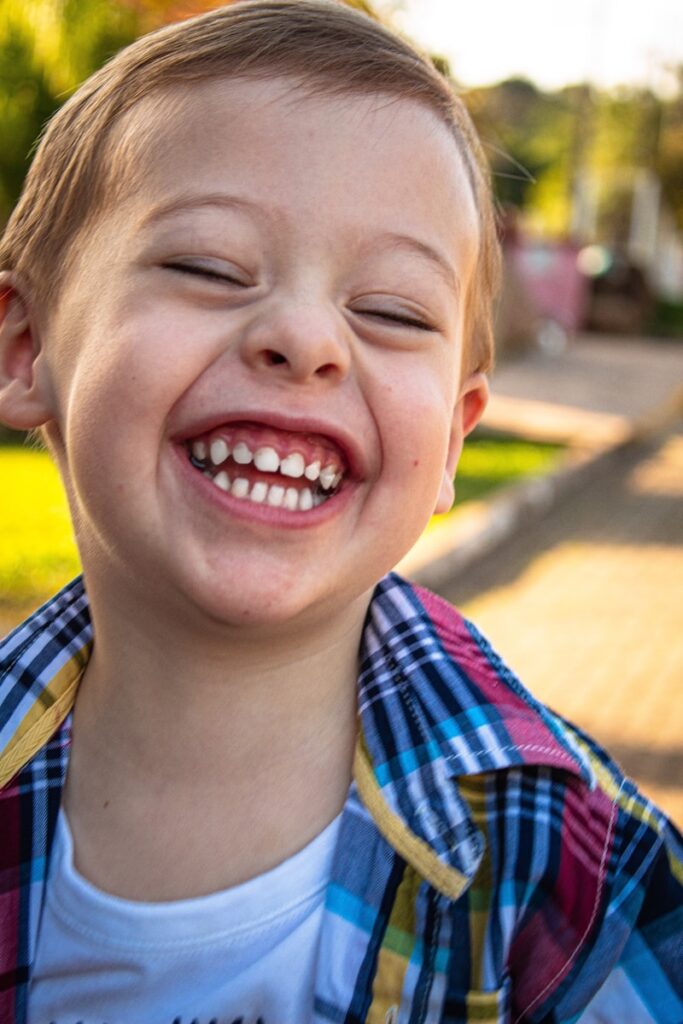
Learning to say “Bye, Have a Good Day” in Spanish is more than just translating words. Missteps in translation, formality, or cultural norms can lead to awkward moments. Let’s explore these common pitfalls and how to steer clear of them.
Literal Translations That Don’t Work
Direct translations from English often miss the mark. While you might be tempted to translate “Have a good day” directly, this phrase isn’t as common in Spanish. Instead, use Que tengas un buen día or Ten un buen día to convey the sentiment appropriately. Imagine saying, “Que tengas un buen día” to a friend instead of a stiff, literal translation—it’s warmer and more natural.
Mixing Formal and Informal Expressions
Spanish has distinct formal and informal forms. Using the wrong form might come off as disrespectful. For example, tú and usted serve different relationships. With friends, family, or peers, use tú. For strangers, elders, or in professional settings, switch to usted. Picture a scenario where you’re saying goodbye to your boss: “Que tenga un buen día, Señor”. The formality showcases respect and awareness of social norms.
Neglecting Cultural Norms in Different Spanish-Speaking Regions
Cultural differences can affect how farewells are expressed. In Argentina, vos replaces tú. So, saying “Que tengas un buen día” might shift to “Que tengas vos un buen día”. Pay attention to regional variations to avoid misunderstandings and connect more authentically. A traveler in Buenos Aires might remark, “I used the wrong form and got a puzzled look!”. Awareness of these nuances builds genuine connections.
Mistake | Correct Form |
|---|---|
Direct translation from English | Que tengas un buen día / Ten un buen día |
Incorrect use of formal/informal pronouns | Use tú for informal, usted for formal |
Ignoring regional variations | Adjust tú to vos where applicable |
Understanding these elements not only prevents embarrassing faux pas but also enriches your interactions. Embrace the phrase “Que tengas un buen día” knowing you’re prepared to use it appropriately.
Conclusion: Confidently Using “Bye Have a Good Day” in Spanish
Mastering the art of saying “bye, have a good day” in Spanish opens doors to more meaningful and respectful interactions. Whether you’re traveling or connecting with Spanish-speaking friends, using the right phrases can make a big difference. Remember to consider regional variations and the context of your conversation. With a bit of practice, you’ll be saying your goodbyes with confidence and charm. So go ahead, sprinkle some warmth and care into your farewells, and enjoy the positive reactions you’ll receive. ¡Hasta luego y que tengas un buen día!
Frequently Asked Questions
How do you say “bye, have a good day” in Spanish?
You can say “Que tengas un buen día” for a general farewell. For evening goodbyes, “Que pases buenas noches” is appropriate. Tailor your farewell to the time of day and relationship with the person.
What are some regional variations of saying “bye, have a good day” in Spanish-speaking countries?
In Spain, you might hear “¡Que tengas un buen día!” often. In Mexico, “Cuídate, que tengas un buen día” adds warmth. In South America, “¡Chao, que tengas un buen día!” is common.
Can you combine phrases for added warmth and care in Spanish farewells?
Yes, combining phrases like “Cuídate” with “que tengas un buen día” can add warmth and a sense of care to your farewell.
Is it important to avoid literal translations when saying “bye, have a good day” in Spanish?
Absolutely. Avoiding literal translations ensures that your farewell sounds natural and respectful in Spanish.
Should you be mindful of mixing formal and informal expressions in Spanish farewells?
Yes, it’s crucial to match the level of formality to the relationship. Use “Que tenga un buen día” for formal, and “Que tengas un buen día” for informal interactions.
How can you express hope and encouragement in a Spanish farewell?
Using phrases like “Espero que tengas un buen día” can add a layer of hope and encouragement to your goodbye.
What common mistakes should you avoid when saying “bye, have a good day” in Spanish?
Avoid literal translations, ensure the correct level of formality, and be mindful of regional variations to keep your interactions respectful and authentic.

